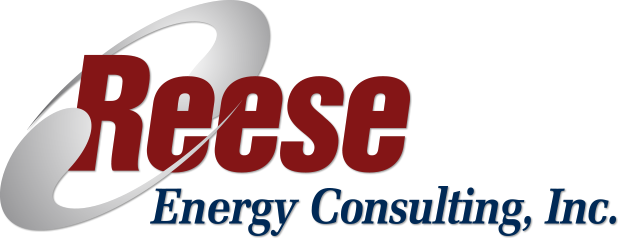
Hydrogen Hubs Get Fuel Injected
Hang on to your Duluth Buck Nakeds, the administration is betting billions to build a hydrogen powerhouse.
Reese Energy Consulting today is following the latest news from the Department of Energy, which has awarded $7 billion to jump start the development of seven H2 hubs in the Mid-Atlantic, Appalachia, Gulf, Heartland, Midwest, Calif., and Pacific Northwest. Estimated cost to launch: $40 billion in private sector investment to build a network of hydrogen producers, infrastructure, and consumers. Combined, the hubs will produce an annual 3 million metric tons of “clean” hydrogen. The U.S. currently produces about 10 million metric tons of gray H2, primarily used to refine petroleum, treat metals, and process fertilizer. Clean H2 is defined as hydrogen that can be produced using a mix of non-fossil fuel resources like renewables, biomass, and nuclear, as well as fossil fuels with carbon capture.
Hydrogen from the hubs will be used to fuel the nation’s heavy-duty stuff, including industrial and agricultural processes, equipment, trucks, and in some cases used to generate electricity. Not surprisingly, each hub has created its own H2 niche, depending on its selected resources to produce, existing infrastructure, and consumer landscape. Appalachia, the Gulf, and Heartland will leverage natural gas with carbon capture; the Mid-Atlantic, renewables and nuclear; the Midwest, renewables, natural gas, and nuclear; Calif., renewables and biomass; and the Pacific Northwest, 100% renewables.
